Regulating emotions can be a challenge for nearly every human. Struggling with emotional baggage or problems can prevent you from accomplishing your goals, tasks, or dreams–personal or professional. To help you overcome emotions that may be weighing you down, neuroscientist and psychologist Ethan Kross, PhD, has a simple tool that can help you called WOOP. It's a tool inspired by the work of psychologist Gabriele Oettingen.
Dr. Kross has studied how the brain regulates emotions for more than 25 years, and has helped highly successful people (from CEOs to Navy SEALs) tackle hard things and accomplish their goals. WOOP has been studied to have a number of incredible benefits for adults, including reducing stress and engagement at work, improving time management, weight loss, and more. He lays out below what WOOP stands for:
W = Wish (Write a wish that is important to you — challenging but feasible.)
O = Outcome (How will it feel when you accomplish this?)
O = Obstacle (What is the personal obstacle?)
P = Plan (What’s the action you’re going to take when faced with this obstacle?)
So fill in: If _____ (obstacle) _____, then _____ (action) _____.

"The 'mental contrasting' piece (WOO: wish, outcome, obstacle) helps energize people around their goals and specify the obstacles in the way," Dr. Kross explained to CNBC. "The 'implementation intentions' piece (P: plan) fuses each obstacle (the 'if') to a specific action (the 'then') and makes the entire enterprise of regulating our feelings more effortless."
WOOP can be implemented in a number of different emotional scenarios. Dr. Kross highlights a specific situation–deep loss and grief.
"A friend of a friend of mine lost someone close to him very suddenly: a younger brother died by suicide. In the months after, he was reeling, looping in and out of intense grief," he explains. While his friend was taking care of himself by attending therapy and continuing to work, and giving himself time to process–tinges of sadness continued to surface, and he felt it was impacting his relationship with his kids.

To help him overcome this, Dr. Kross advised him to use the WOOP tool. Here's how he did it:
- Wish: "To be able to hang out with my kids and enjoy my life, even during this era of intense grief."
- Outcome: "When my kids are grown up, they’ll still look back on this time and remember a lot of joy."
- Obstacle: "When the grief hits, I can’t see my way out of it. I completely lose perspective."
- Plan: "If I’m with the kids and I start to feel it, then I’m going to stop and focus on the future. I’m going to take 10 seconds and imagine them as grown-ups, and me looking back on the whole sweep of my life. I’m going to remind myself that in the grand scheme of things this is just one short season."
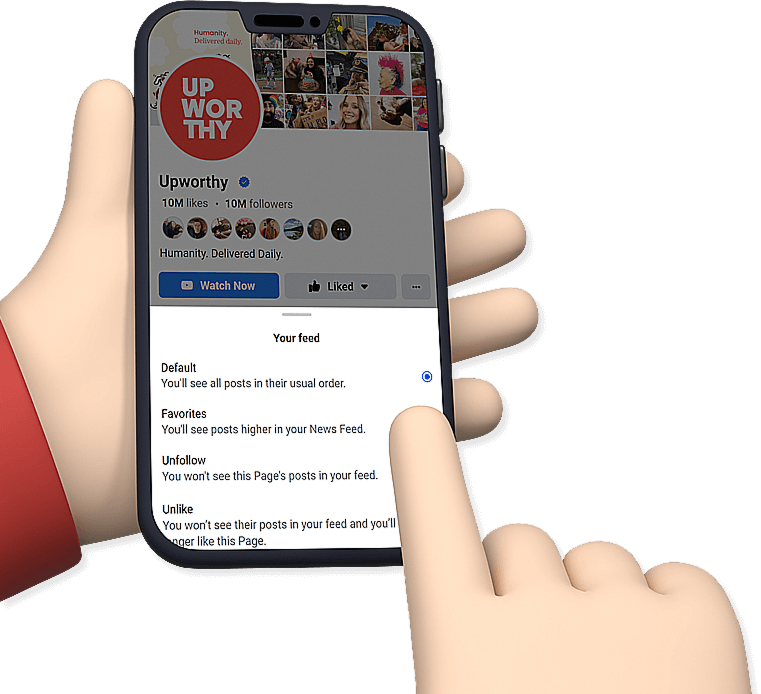




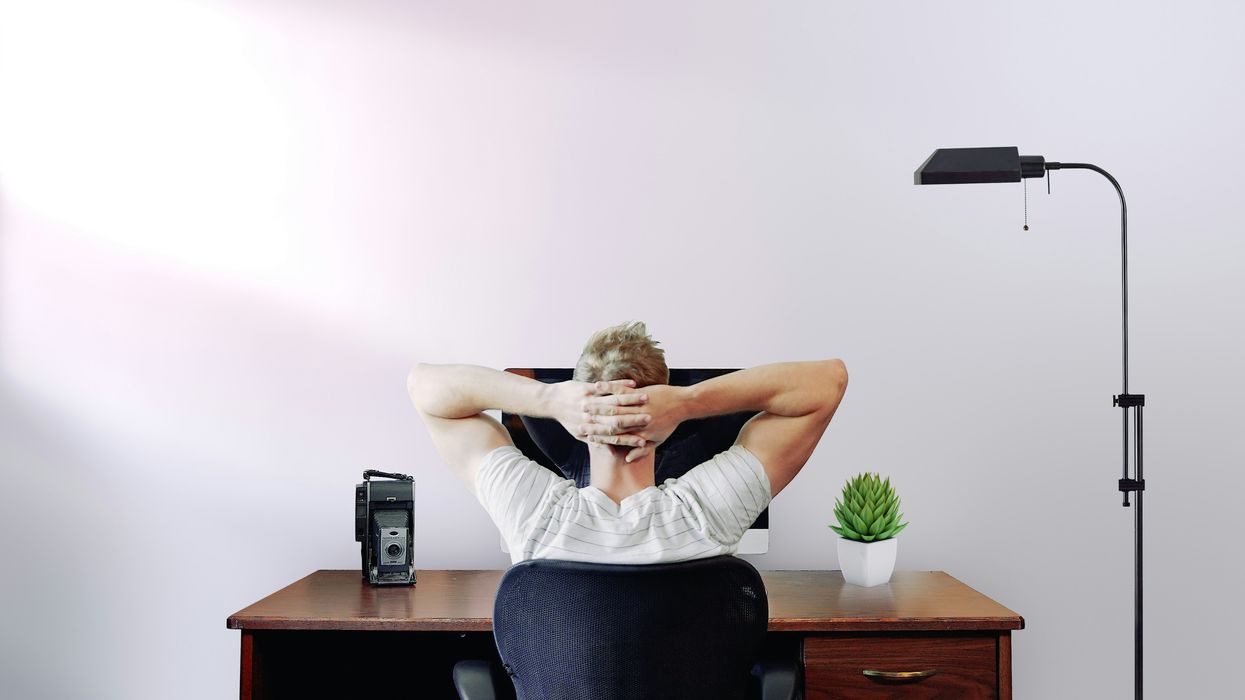

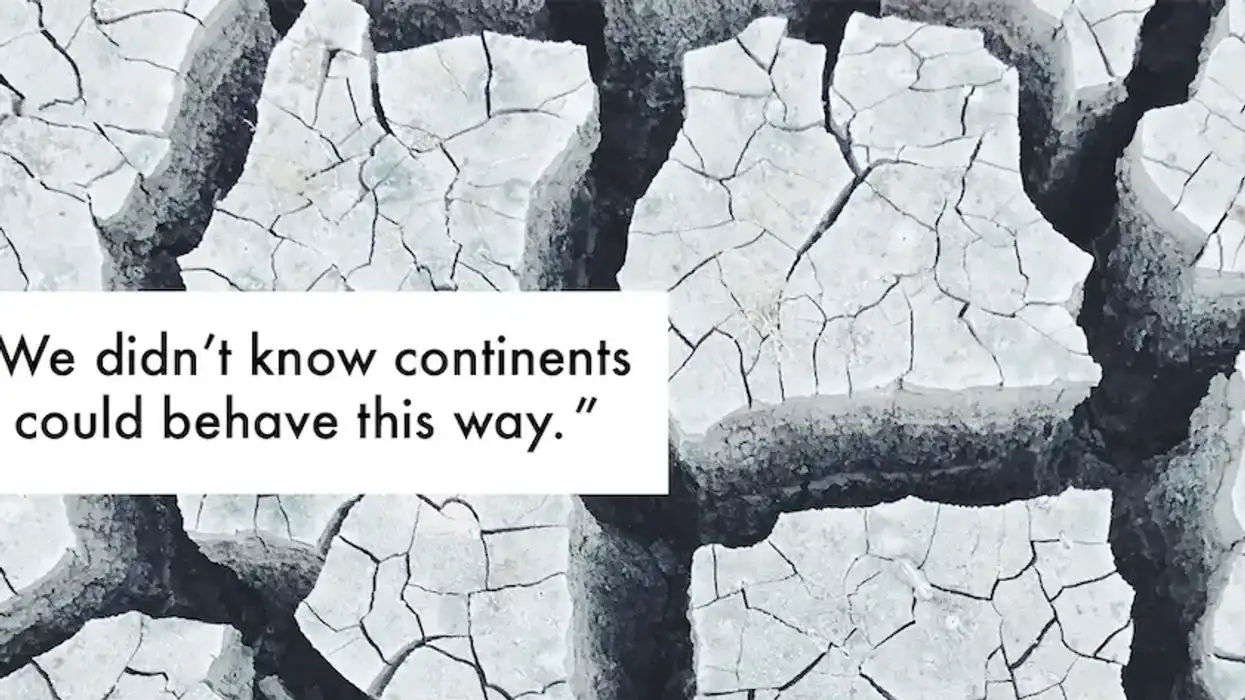

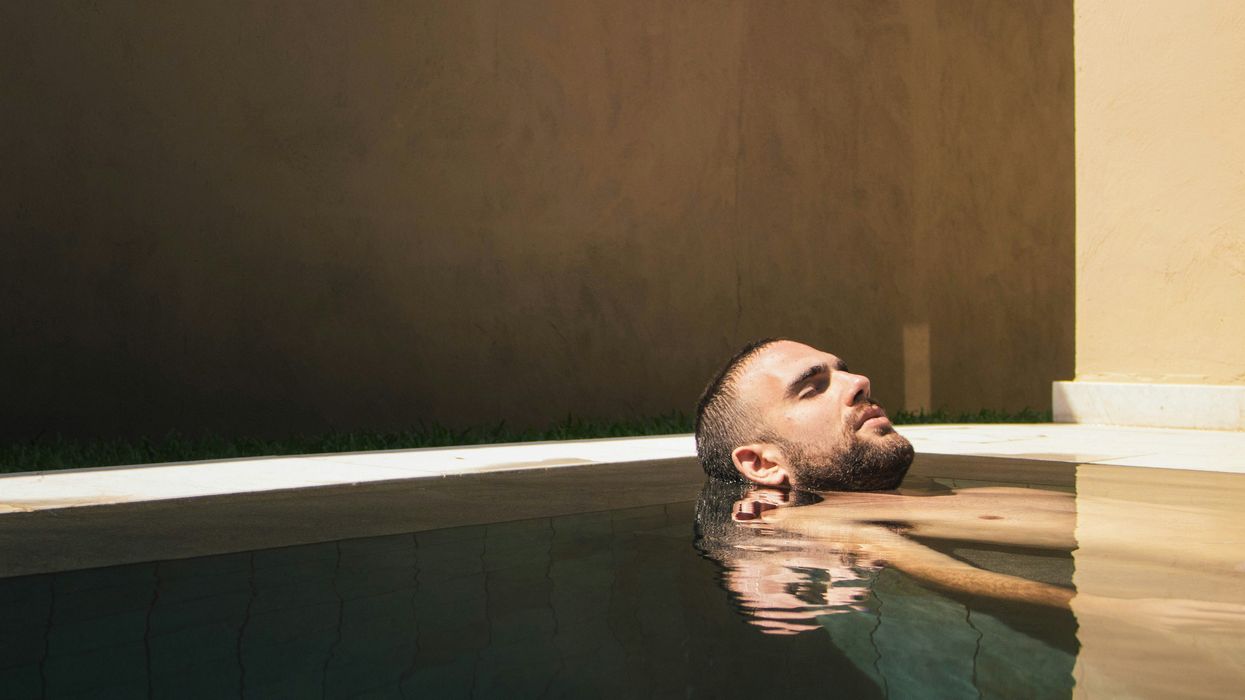
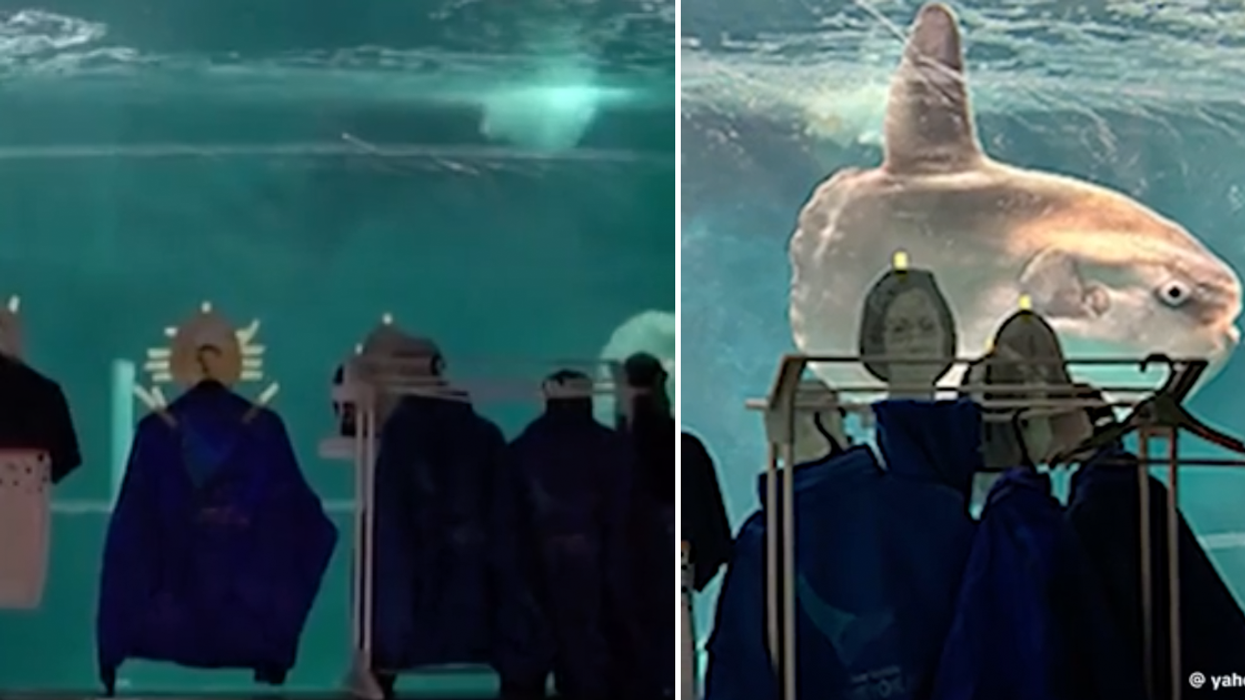

 A daunting mess was no match for one woman. Jonna Roslund, used with permission.
A daunting mess was no match for one woman. Jonna Roslund, used with permission. 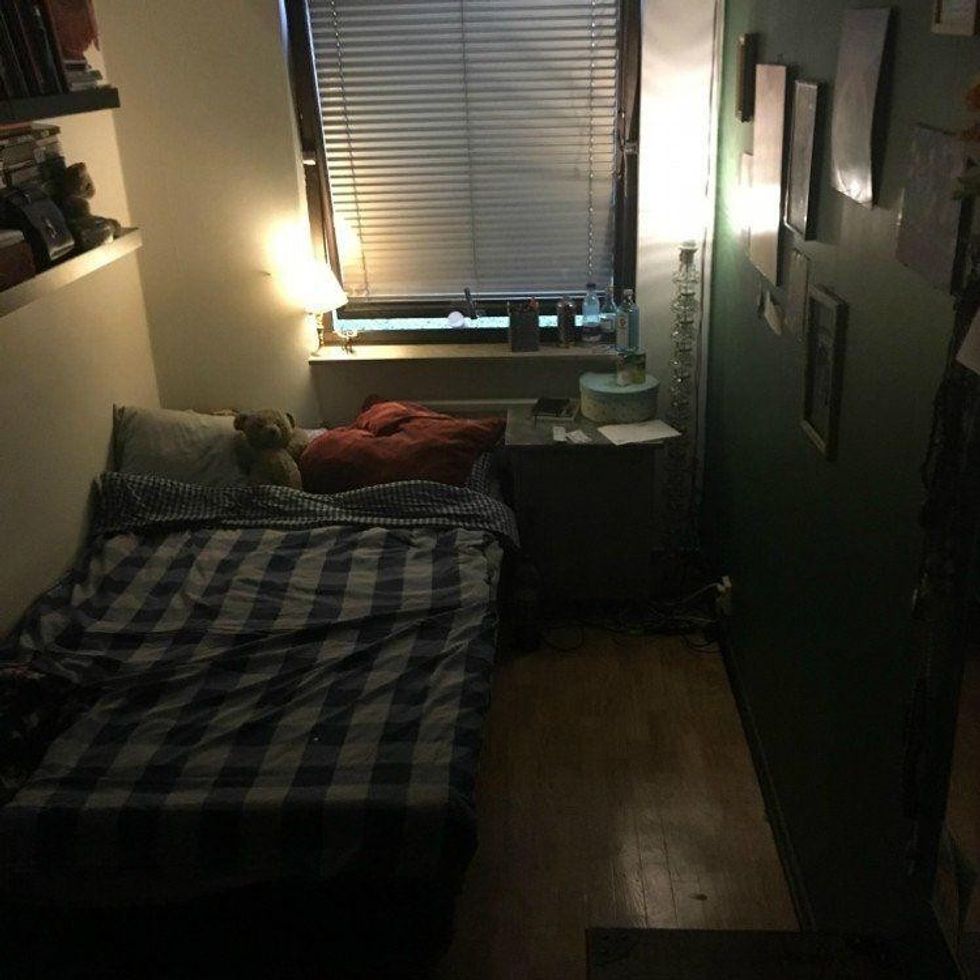 What looks like just a tidy room was actually a giant victoryJonna Roslund, used with permission.
What looks like just a tidy room was actually a giant victoryJonna Roslund, used with permission.  Jonna Roslund, used with permission.
Jonna Roslund, used with permission. 
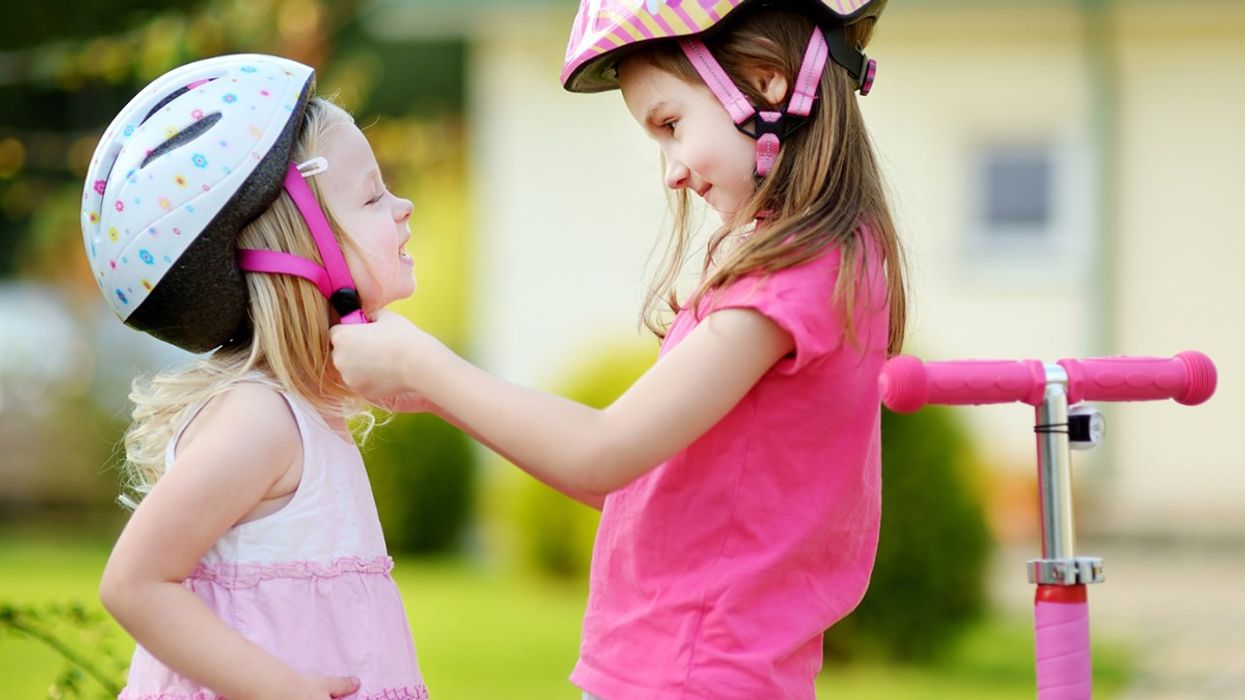
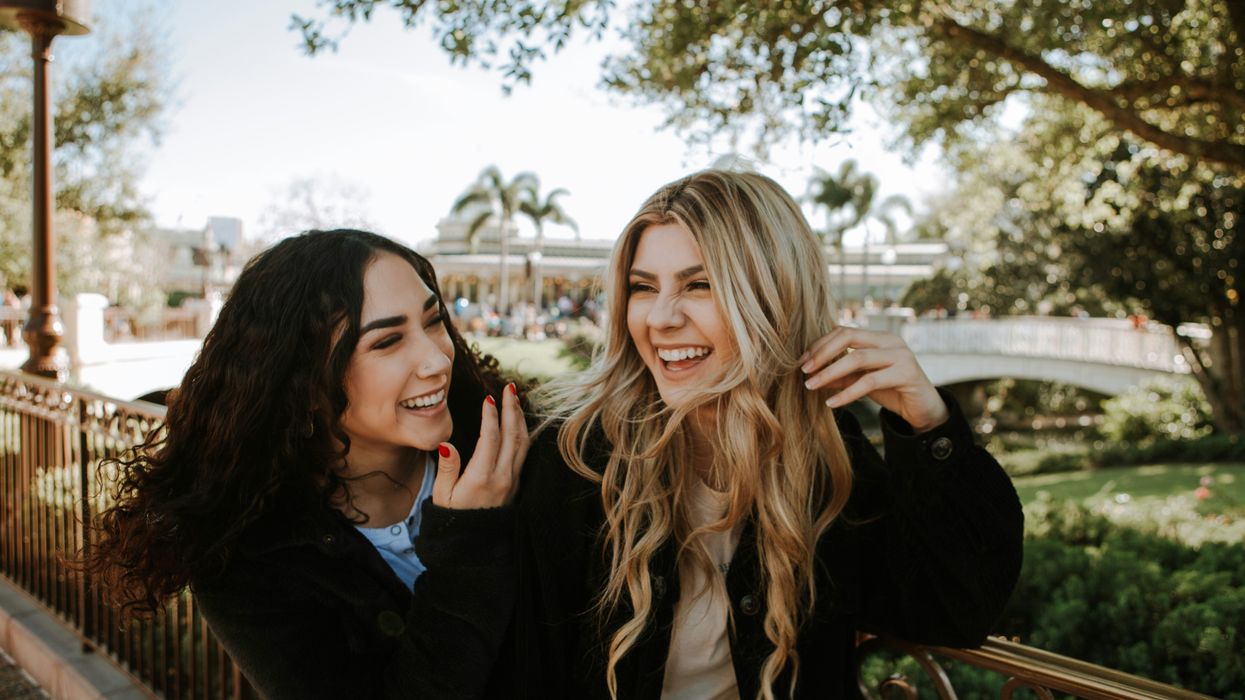
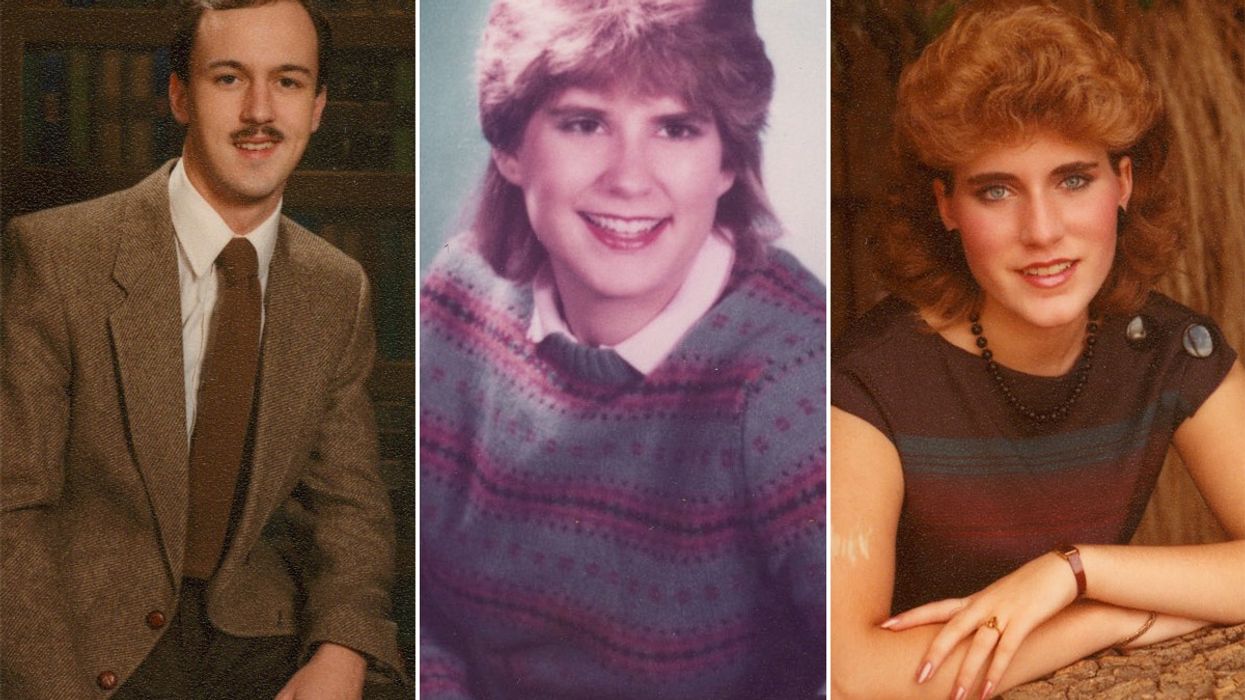

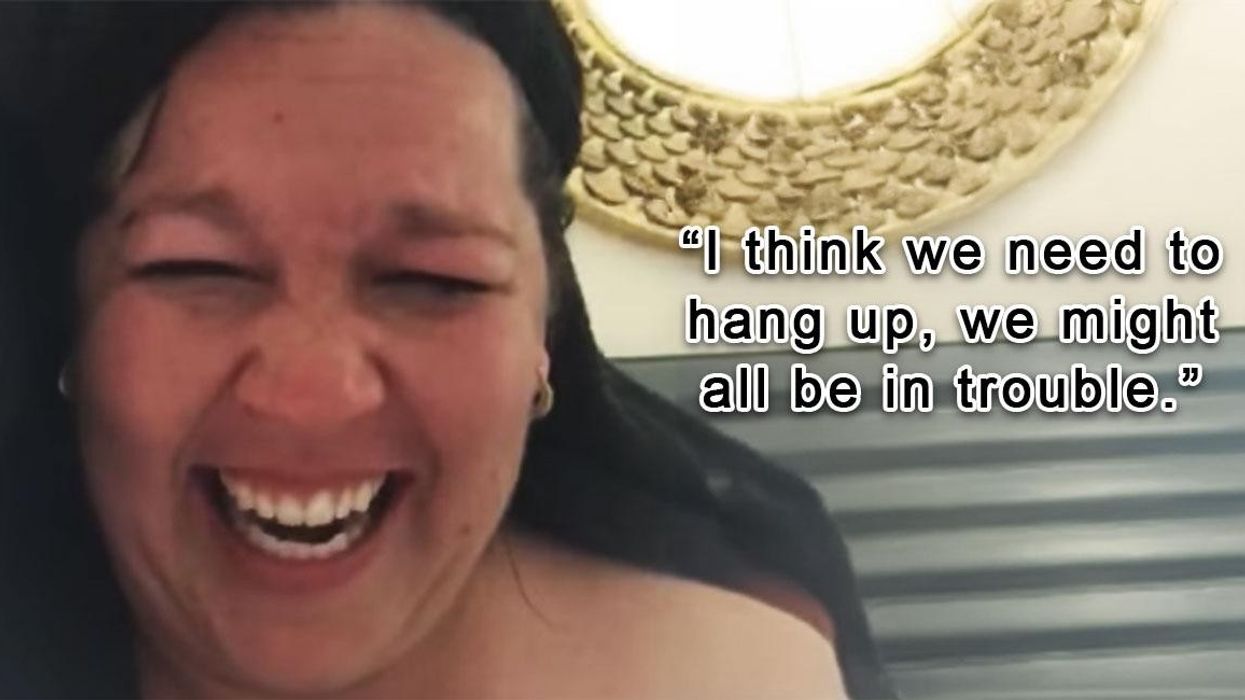

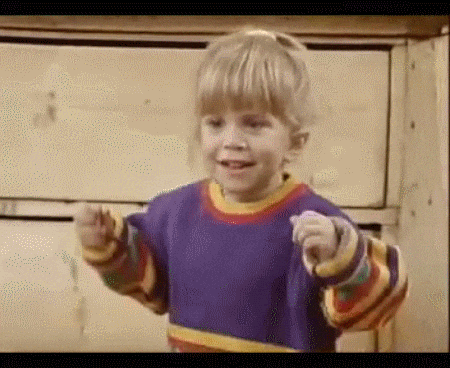 Happy Full House GIF
Happy Full House GIF  The Fresh Prince Of Bel Air Reaction GIF
The Fresh Prince Of Bel Air Reaction GIF 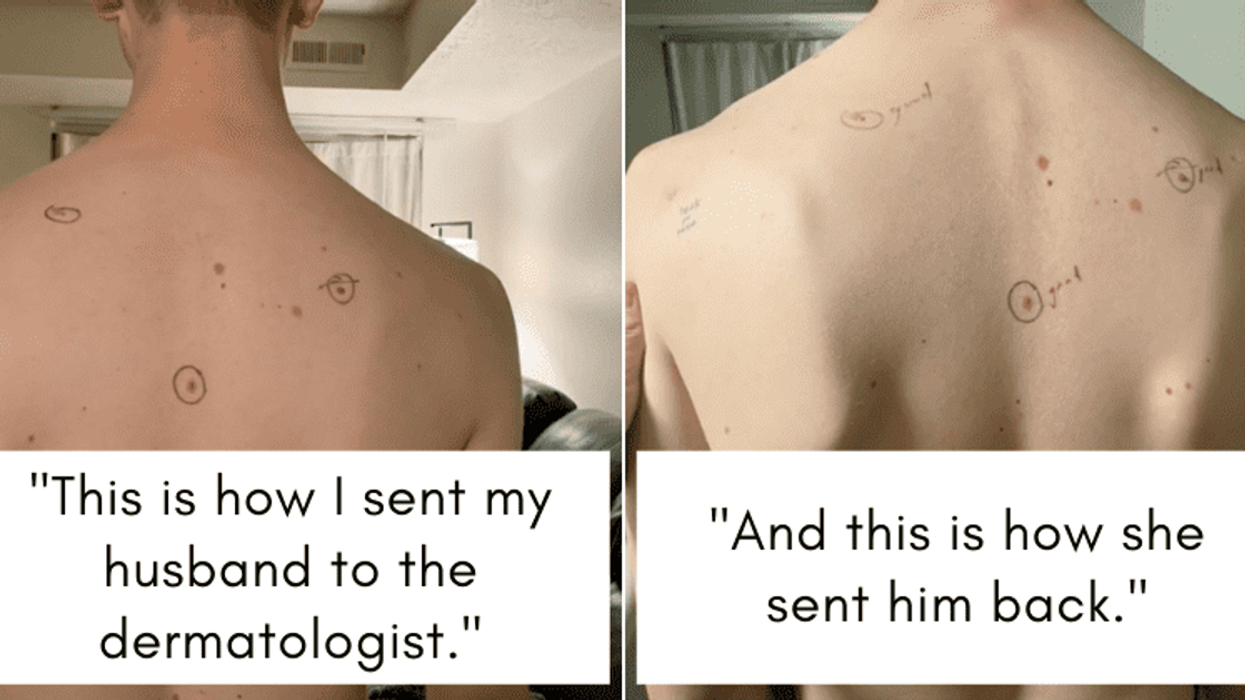
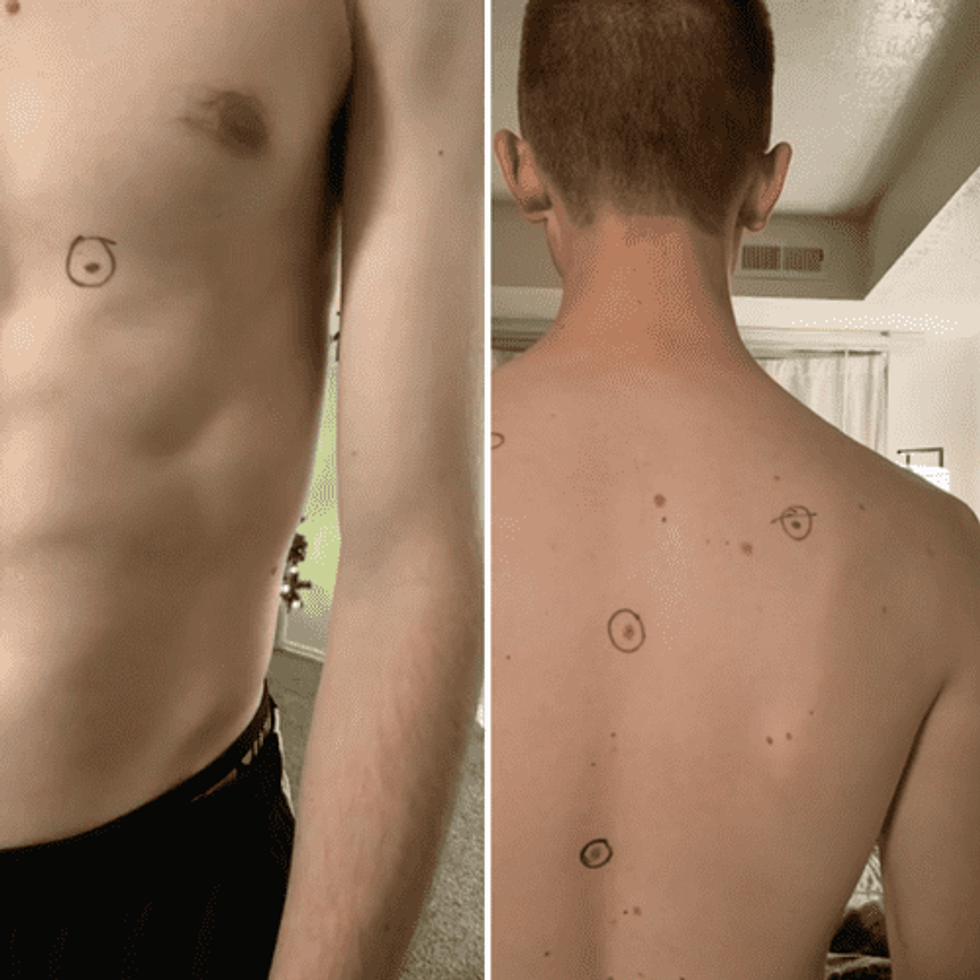 TikTok | @brinleemiles
TikTok | @brinleemiles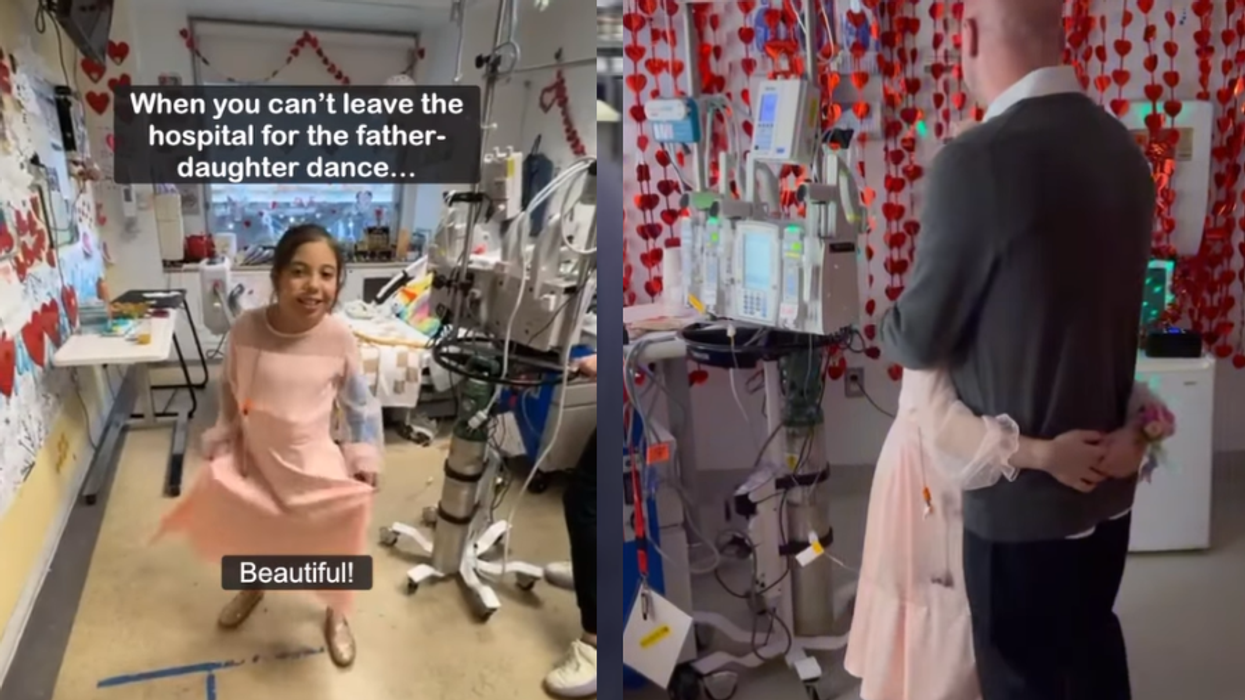
 Fathers Day Dance GIF
Fathers Day Dance GIF 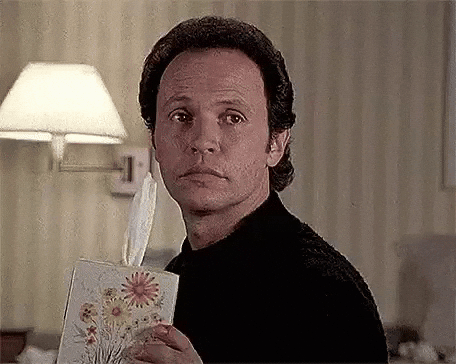 Billy Crystal Crying GIF by MOODMAN
Billy Crystal Crying GIF by MOODMAN